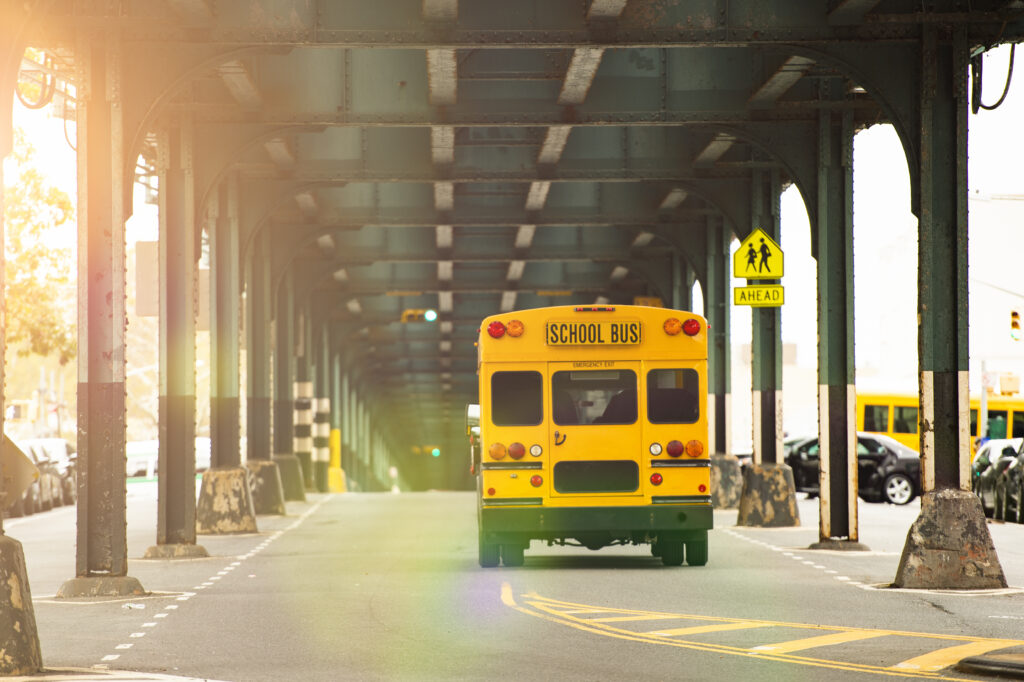Transportation, utilities, and property/casualty insurance, three non-discretionary costs, account for over 75% of the Operations Fund’s total revenue in many school districts. (Getty Images)
The 37-member Indiana Urban Schools Association, representing approximately one-third of all students in traditional public schools, plays a crucial role in preparing the next generation of Hoosier leaders for employment, enlistment, or higher education. However, like other local entities, school districts across Indiana are facing growing financial pressures, particularly from escalating non-discretionary costs, while trying to balance property tax constraints and meet community expectations.
Property tax reforms implemented in the early 2010’s, combined with the lingering effects of the 2008 recession, led to a significant reduction in property tax revenue per student from 2010 to 2012. While revenues have rebounded, growing 7.6% annually from 2021 to 2023, the overall growth rate from 2010 to 2023 remains at just 2% per year. This limited recovery has not been enough to fully address the financial restraints many school districts still face when meeting local expectations and providing mandated services like serving special education students.
From 2010 and 2023, inflation consistently outpaced the revenue growth in Indiana’s schools Operations Fund. While inflation averaged 2.9% annually, Operations Fund revenue grew by 1.5%, eroding purchasing power and making it harder for districts to manage fixed costs and other non-discretionary costs. Non-discretionary costs are services and expenses school districts are obligated to provide and paid for out of the Operations Fund which is funded by local property taxes.
Election results show Indiana voters mostly supporting school funding referendums
Transportation, utilities, and property/casualty insurance, three non-discretionary costs, account for over 75% of the Operations Fund’s total revenue in many school districts. In those districts most impacted by property tax caps, these three non-discretionary costs exceed the total revenue generated from property taxes. This forces districts to rely either on referendums, borrowing the money (debt), or transferring dollars from the state-provided Education Fund, which is intended to pay for teacher salaries and benefits. As a result, schools have little room left in their budgets for other critical needs such as student support services, building maintenance, technology upgrades and preparing to meet the demands of a new diploma structure.
Compounding these challenges are the increasing costs associated with the Debt Service Fund, also funded by local property taxes. Inflation in construction and capital outlay costs has driven school construction expenses up by 5.5% annually, yet debt service revenue has only grown by 2.6% per year since 2010. This gap places additional strain on school district budgets as they struggle to manage both existing facilities and future capital projects.
As lawmakers prepare to consider property tax reform, Indiana’s schools around the state are navigating an increasingly difficult financial landscape while meeting the demands of their local community. The rapid rise in non-discretionary costs restricts schools’ ability to invest in critical areas such as technology, infrastructure, and student services at a time when new diploma requirements are being rolled out. As essential costs continue to rise, Indiana’s school corporations are forced to dedicate a growing portion of their budgets to cover these unavoidable expenses. With little flexibility for discretionary spending, there is an urgent need for financial strategies that address these structural challenges so schools can continue to prepare students to serve their communities and shape Indiana’s future.
GET THE MORNING HEADLINES DELIVERED TO YOUR INBOX

